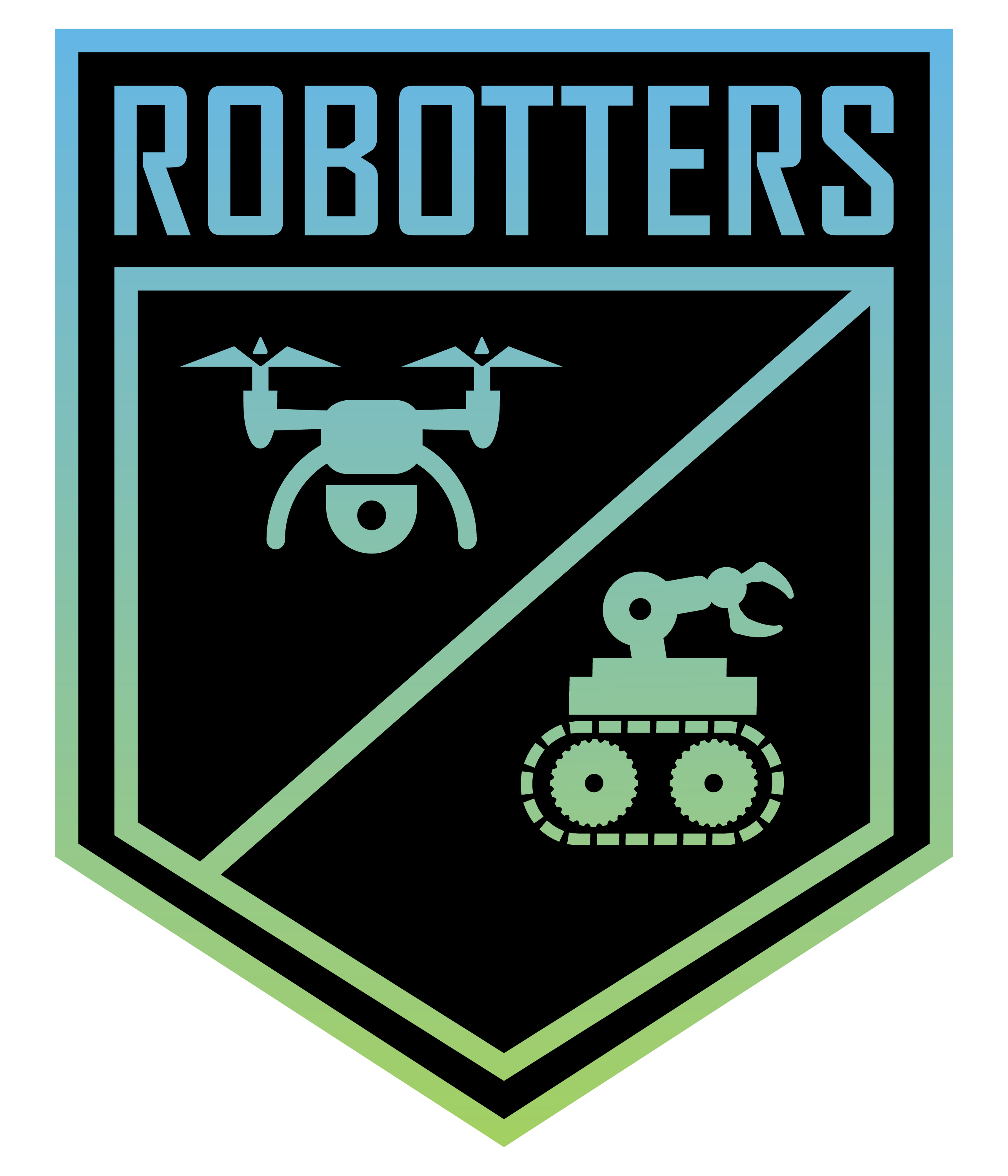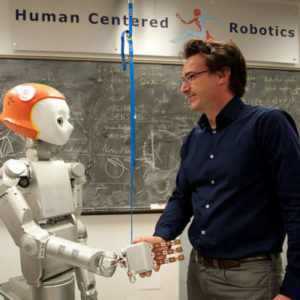Associate Professor
General Dynamics Endowed Faculty Fellowship
Department Research Areas:
Controls, Autonomy and Robotics
Education:
Ph.D., Stanford University in Electrical Engineering
Research Interests:
- Realtime optimal control of human-centered robots
- Motion planning for experimental agile mobility and manipulation
- Design of high-performance humanoid robots and exoskeleton systems
- Safety assured human-robot interaction
- Cognitive modeling and intervention of learner behavior
Luis Sentis is an Associate Professor in the Department of Aerospace Engineering and Engineering Mechanics at The University of Texas at Austin and General Dynamics Endowed Faculty Fellow. He received his Ph.D. and M.S. degrees in Electrical Engineering from Stanford University where he was also a Postdoctoral Fellow in the Computer Science Department. He was a La Caixa Foundation Fellow while at Stanford. He holds a B.S. degree in Telecommunications and Electronics Engineering from the Polytechnic University of Catalonia. Before Stanford, he worked in Silicon Valley as a Control Systems Engineer.
In Austin, he leads the Human Centered Robotics Laboratory, a laboratory focusing on control and experimentation with walking robots and exoskeletons, design of high-performance ground systems, and algorithms for active sensing in human environments. He is also a founding member of the UT Robotics Portfolio Program and the UT Robotics Center of Excellence. He was the UT Austin’s Lead for DARPA’s Robotics Challenge with NASA Johnson Space Center where he helped to design and test the Valkyrie humanoid robot. His research has been funded by NASA, the Office of Naval Research, Army Futures Command, NSF, DARPA, and private companies.
He has been awarded the NASA Elite Team Award for his contributions to NASA’s Johnson Space Center Software Robotics and Simulation Division. He is also a founding member and scientific advisor for Apptronik Systems, a company focusing on human-centered robotic products and R&D in human-augmentation exoskeletons and humanoids.

